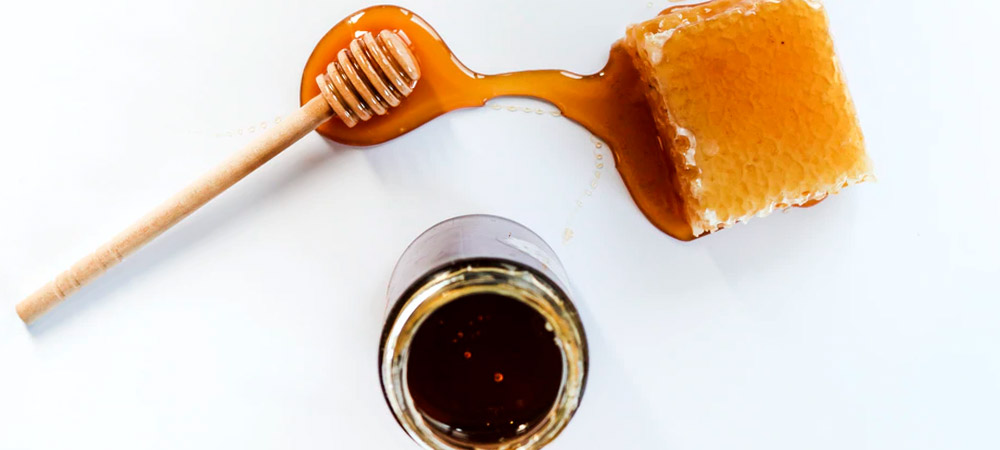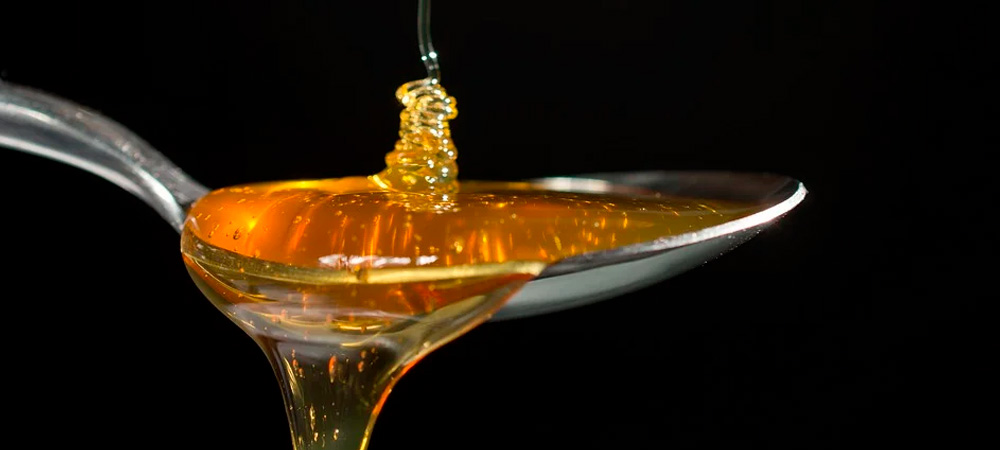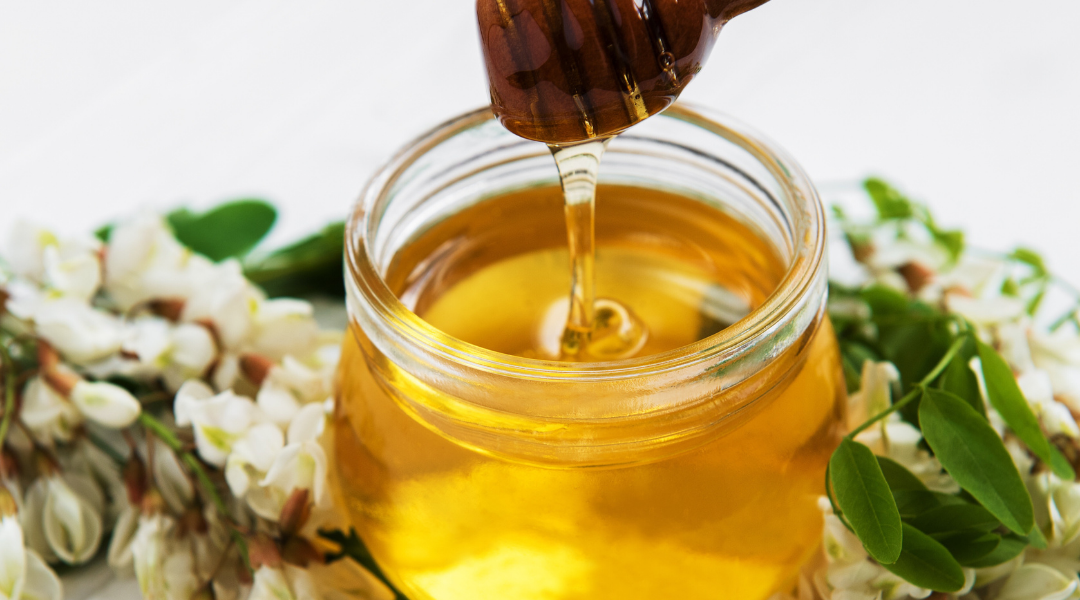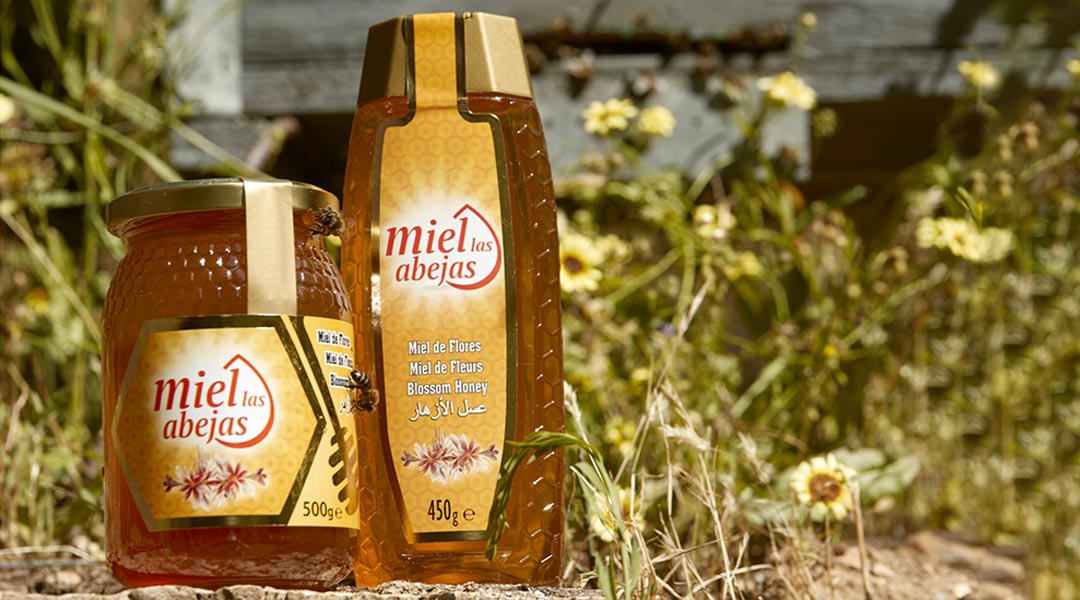Honey has a series of components with antioxidant properties: phenolic compounds, flavonoids, vitamin C, etc., which are provided by plants whose nectar and pollen have been harvested by bees. Different honeys will have different antioxidant capacity.
Since ancient times, honey has been used as a medicine. The Chinese, Egyptians, Romans and Greeks used it in combination with other types of herbs to heal wounds and intestinal diseases.
The use of honey in medicine has continued to the present day, being commonly used for colds and sore throats.

Honey can also be used as an agent with other therapeutic effects such as those indicated below:
- Infected wounds. Honey is attributed antibacterial properties against wound disinfection in cases in which the presence of highly resistant bacteria causes other treatments to be ineffective.
- Ophthalmology. The use of honey as a treatment for eye problems is common. Studies have been conducted in which a recession has been observed in the treatment of catarrhal conjunctivitis, keratitis (inflammation of the cornea) and blepharitis (inflammation of the eyelid) when honey has been used as a treatment.
- Regeneration of tissues. Different therapeutic effects have been observed when using honey in the case of burns, skin ulcers, etc., since it promotes the creation of connective tissue and the growth of epithelium.
- Stomach flu. The use of honey to help fight diarrhea was already known in Roman times. At present, scientific studies have shown a relationship of the use of honey with the cure of gastroenteritis.
- Peptic ulcers and gastritis. There are some studies in which honey was used to treat diseases such as gastritis, duodenitis and ulcers and in which positive results were obtained.
There is evidence that shows the relationship between the compounds in honey and its botanical origin, as well as the compounds responsible for its antioxidant capacity.

In addition to demonstrating the effectiveness of honey as an antioxidant, its use as an antibacterial agent has also been demonstrated.
In general, with a probability of 95%, dark honeys, such as heather, chestnut, oak and forest, have a higher amount of antioxidants. These honeys also have a higher mineral content, and tend to be more intense in aromas, and less sweet in taste than whites.
Although, for example, thyme honey, which is amber in color, is very intense in aroma and with a marked acid component of taste, in addition to also having a high antioxidant power.


